The Water Eye of the Coffee Manor in Nicaragua description of the flavor of Fama Yesa after non-contact with water and sun treatment
For professional baristas, please follow the coffee workshop (Wechat official account cafe_style)
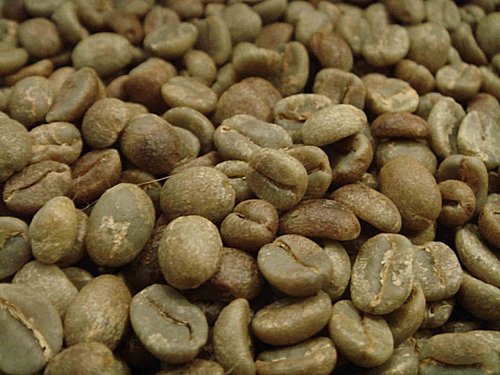
Ojo de Agua. Water Eye Manor (CoE winning Manor | Award record: 2014. 18th) non-water sun treatment of Nicaraguan coffee
Variety: Marsellesa
Producing area: Nueva Segovia (New Sagovia) City: Dipilto-Los Mares
Grade: Strictly Hard Beans (SHB EP) strict selection of high altitude extremely hard beans
AA PREMIUM SPECIALTY GREEN COFFEE
Altitude: 1450 m
Treatment procedure: non-contact water solarization method
(Sun-Dry Process without Water / Procesado Natural sin Agua)
Planting area: 35 ha
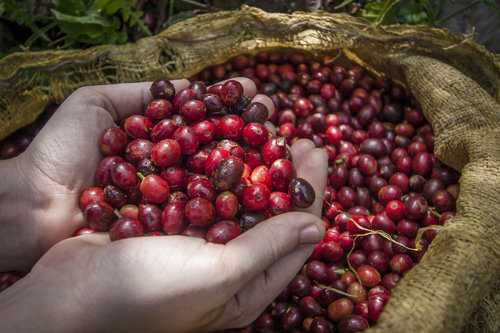
Cup test report
Dry aroma: sweet flowers, berries, chocolate, tangerine peel, incense
Wet fragrance: sweet orange fruit, hazelnut, cream, chocolate, sweet spices
Sipping: special varieties with obvious throat sweetness, bright acidity, sour berries, fermented wine, bitter chocolate, tropical fruit flavor, flower aroma, caramel, vanilla.
Marsellesa Martha Yesa
This is a new variety developed locally in Central America and Nicaragua.
A variety derived from the cross of Sarchimor and Villa Sarchi through a rigorous pedigree screening process.
It was not until 2012 that the Marsellesa variety began to establish planting land on a commercial scale.
Sun exposure (Sun-Dry Process / Procesado Natural)
Arabs have treated coffee in the sun since more than a thousand years ago. The sun drying method is also called "natural drying method" because it uses sunlight to dry coffee fruit.
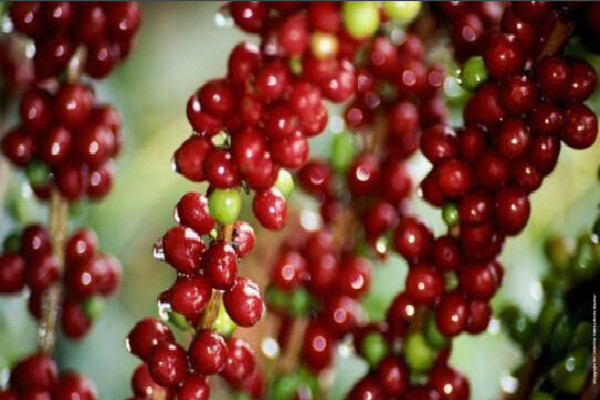
Water-free solarization-a special treatment step that is different from others
Extreme three-stage bean selection
With years of experience, manor farmers pick ripe red fruits by hand; after three times of strict selection, they select solid, mature and full red fruits, that is, they are given natural sunlight, and the whole process is "completely unwatered". The sweet fruit is not lost at all.
Sun drying
After the coffee fruit is harvested and dried by natural drying, the original bright red coffee fruit will become black Dry cherry. The selected fruits are exposed on the bean drying field for 1925 days (depending on the climate of the place of origin), and the water content of the beans is controlled at about 1112%. In order to make the fruit dry evenly and avoid excessive fermentation, it is necessary to stir from time to time in the process of sun exposure (too long or uneven, there will be over-fermented wine sour taste and rotten taste).
No matter how to deal with it, cover it with a tarp to block the night dew during the sun exposure.
Shelling
When exporting, the sun-dried fruit is then removed by a sheller to remove the hard peel, pulp and sheep skin.
Hand selection and grading
Hand-select defective beans, through our hand picking requirements of at least "five times", strictly select SHB very hard grade coffee beans.
The advantages of solarization
Properly treated sun beans, beans are coated in the pulp naturally dry, absorb the essence of the fruit, so fruity, sweet, mellow thickness.
The disadvantages of solarization
Subject to weather conditions: this method is most afraid of the return of rain, the climate affects the quality of beans greatly, and it takes a long time.
If it is not handled properly, it is easy to mix too many defective beans or impurities.
Sun-dried beans without touching water
Unique and distinctive, with no loss of sweetness and almost no defect in appearance, just like the quality that aroma boutique coffee has always promised.
Important Notice :
前街咖啡 FrontStreet Coffee has moved to new addredd:
FrontStreet Coffee Address: 315,Donghua East Road,GuangZhou
Tel:020 38364473
- Prev
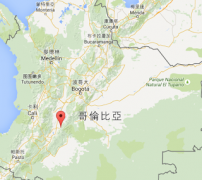
Introduction to the Origin of Colombian Coffee Bean Coffee Grade and aroma characteristics of Colombian Coffee beans
Communication of professional baristas Please follow Coffee Workshop (Wechat official account cafe_style) ◆ Origin introduction Colombian coffee is produced by Medellin in terms of yield and texture, which is characterized by full particles, rich nutrition, moderate acidity and good balance. In addition to Medellin, the provincial capital of the two neighboring provinces in the south, Ar
- Next
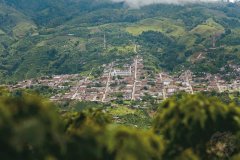
Mild and mild flavor characteristics of Colombian coffee beans in Colombian coffee culture
For professional baristas, please follow Coffee Workshop (Wechat official account cafe_style) country: Colombian coffee culture is an outstanding example of cultural landscape, continuous and productive, and it represents a unique tradition that is of far-reaching significance to coffee-growing areas around the world. This heritage is located in the central and western part of the Andes in western Colombia.
Related
- Detailed explanation of Jadeite planting Land in Panamanian Jadeite Manor introduction to the grading system of Jadeite competitive bidding, Red bid, Green bid and Rose Summer
- Story of Coffee planting in Brenka region of Costa Rica Stonehenge Manor anaerobic heavy honey treatment of flavor mouth
- What's on the barrel of Blue Mountain Coffee beans?
- Can American coffee also pull flowers? How to use hot American style to pull out a good-looking pattern?
- Can you make a cold extract with coffee beans? What is the right proportion for cold-extracted coffee formula?
- Indonesian PWN Gold Mandrine Coffee Origin Features Flavor How to Chong? Mandolin coffee is American.
- A brief introduction to the flavor characteristics of Brazilian yellow bourbon coffee beans
- What is the effect of different water quality on the flavor of cold-extracted coffee? What kind of water is best for brewing coffee?
- Why do you think of Rose Summer whenever you mention Panamanian coffee?
- Introduction to the characteristics of authentic blue mountain coffee bean producing areas? What is the CIB Coffee Authority in Jamaica?

